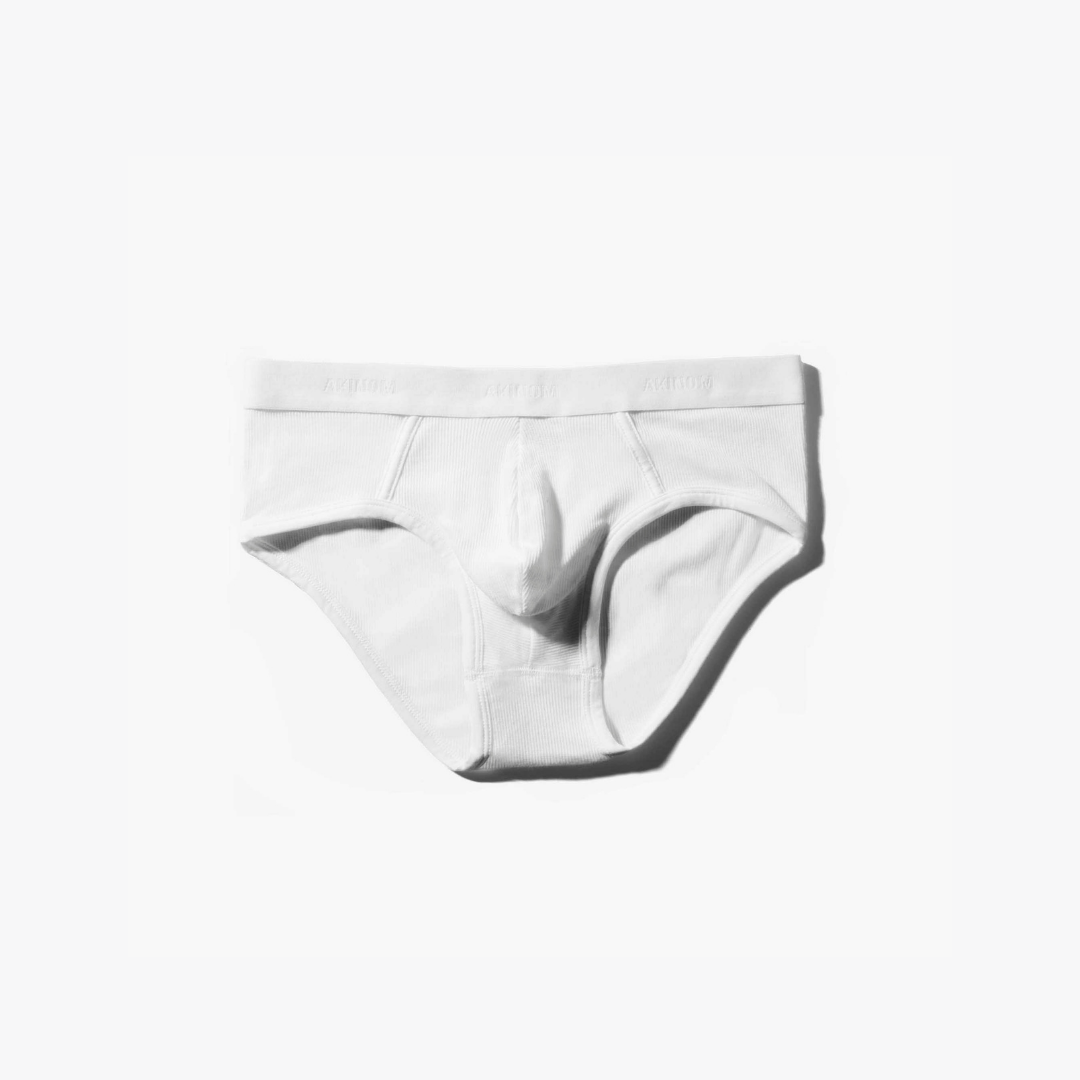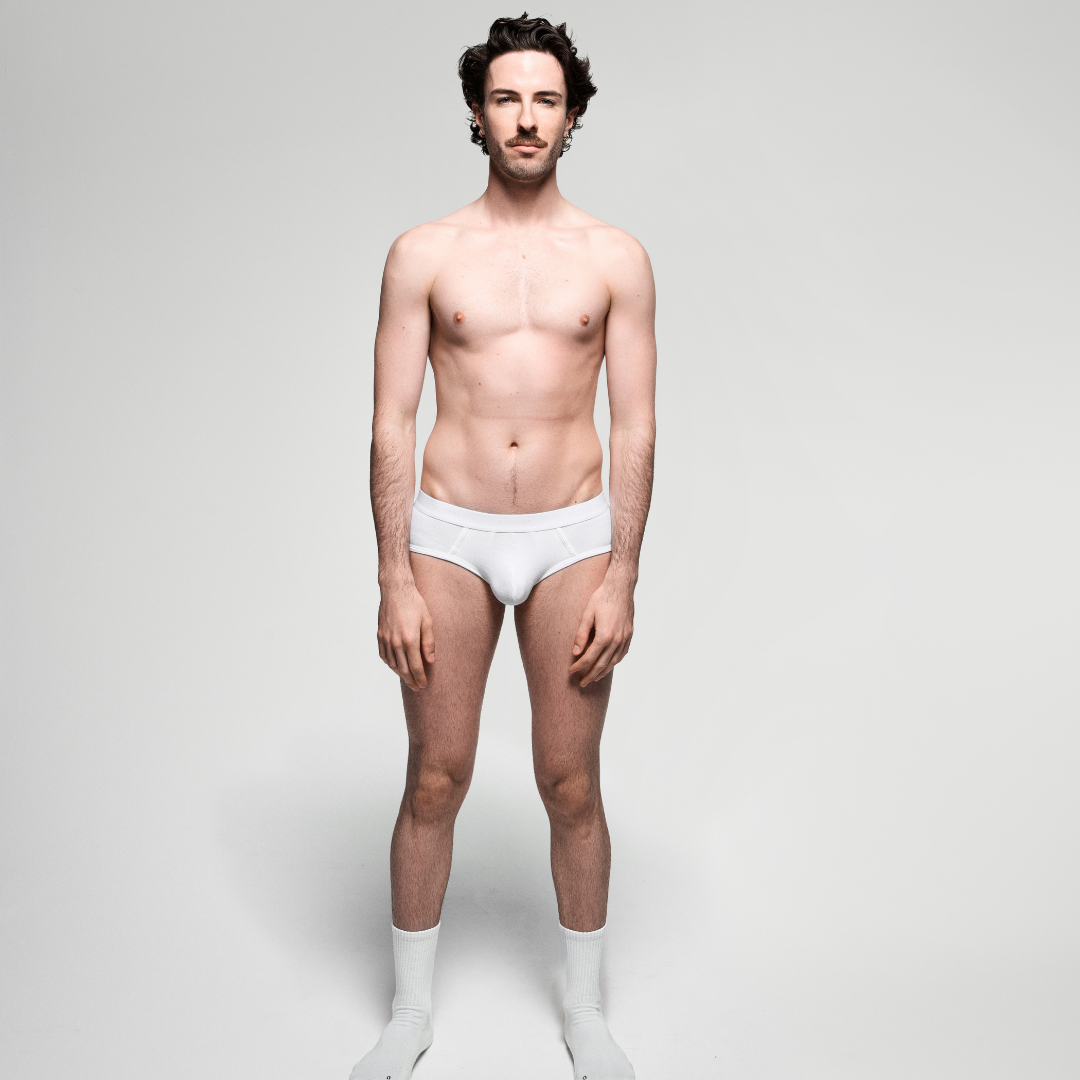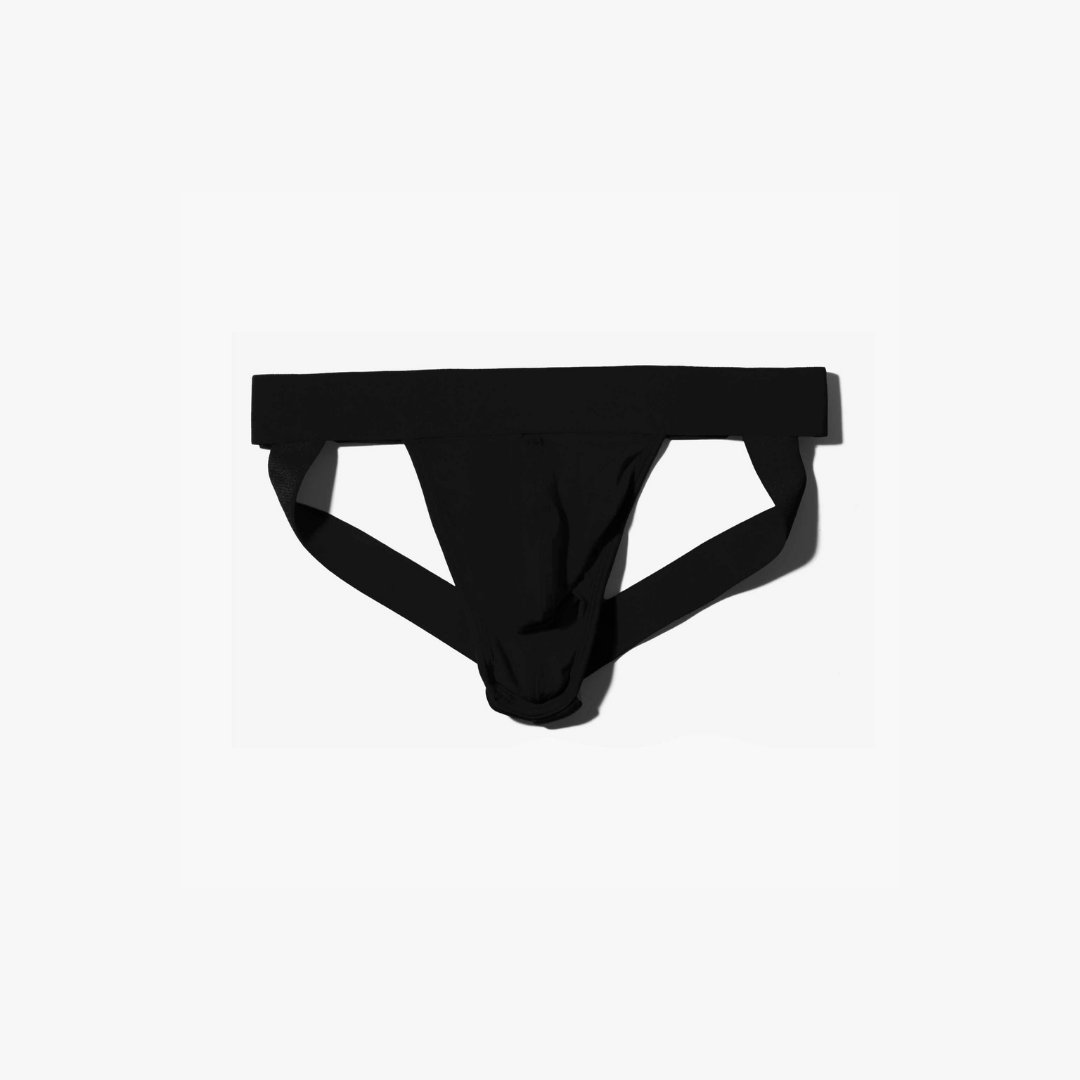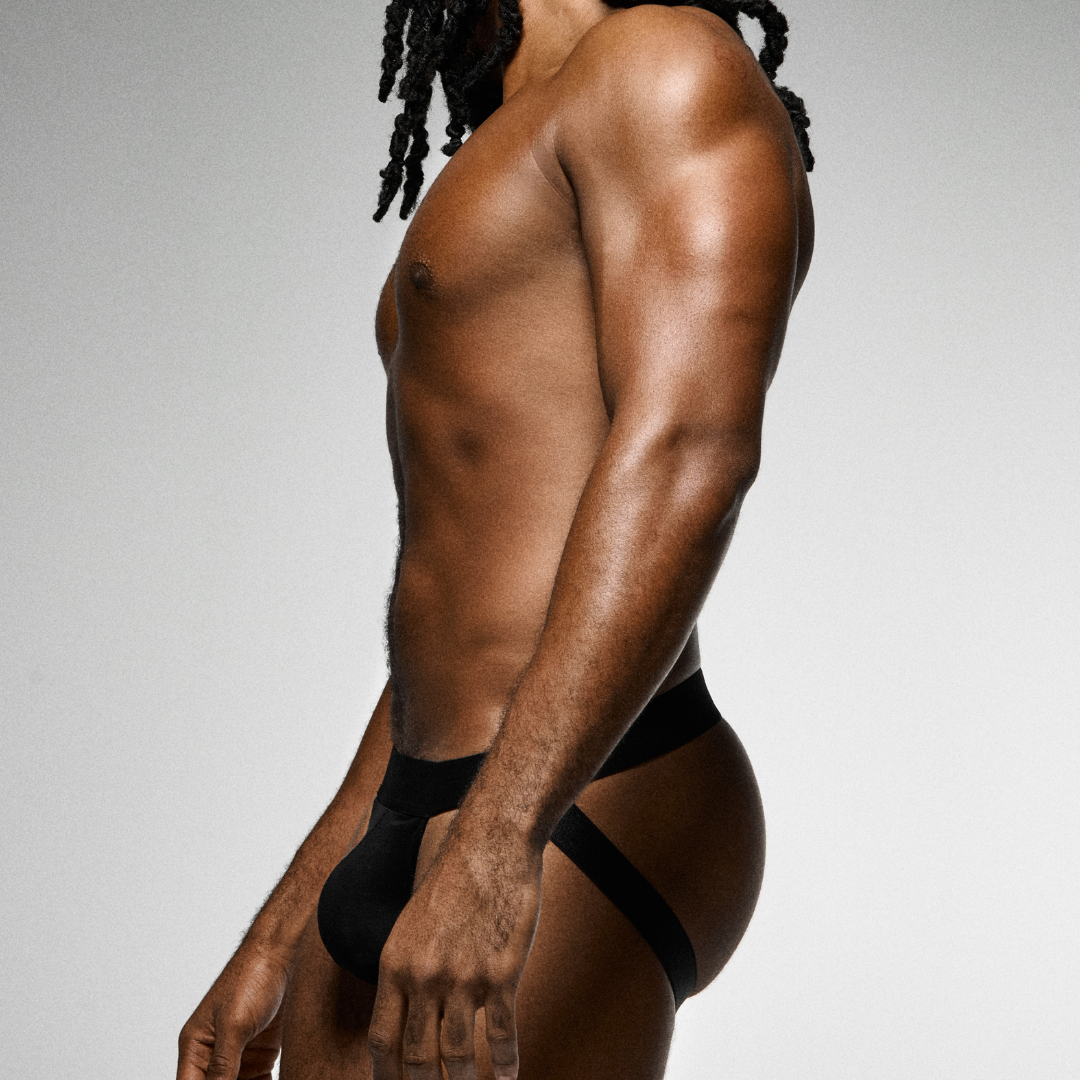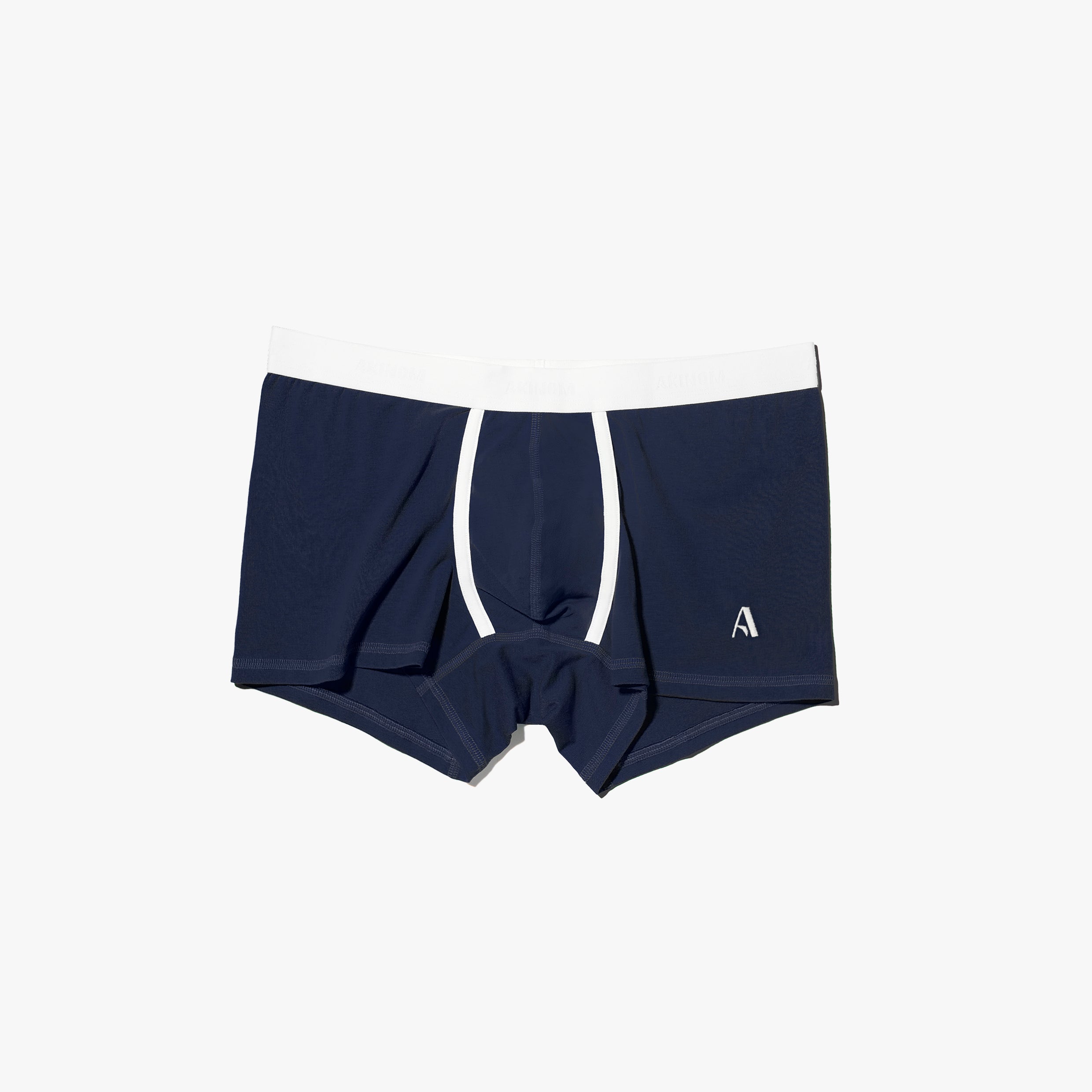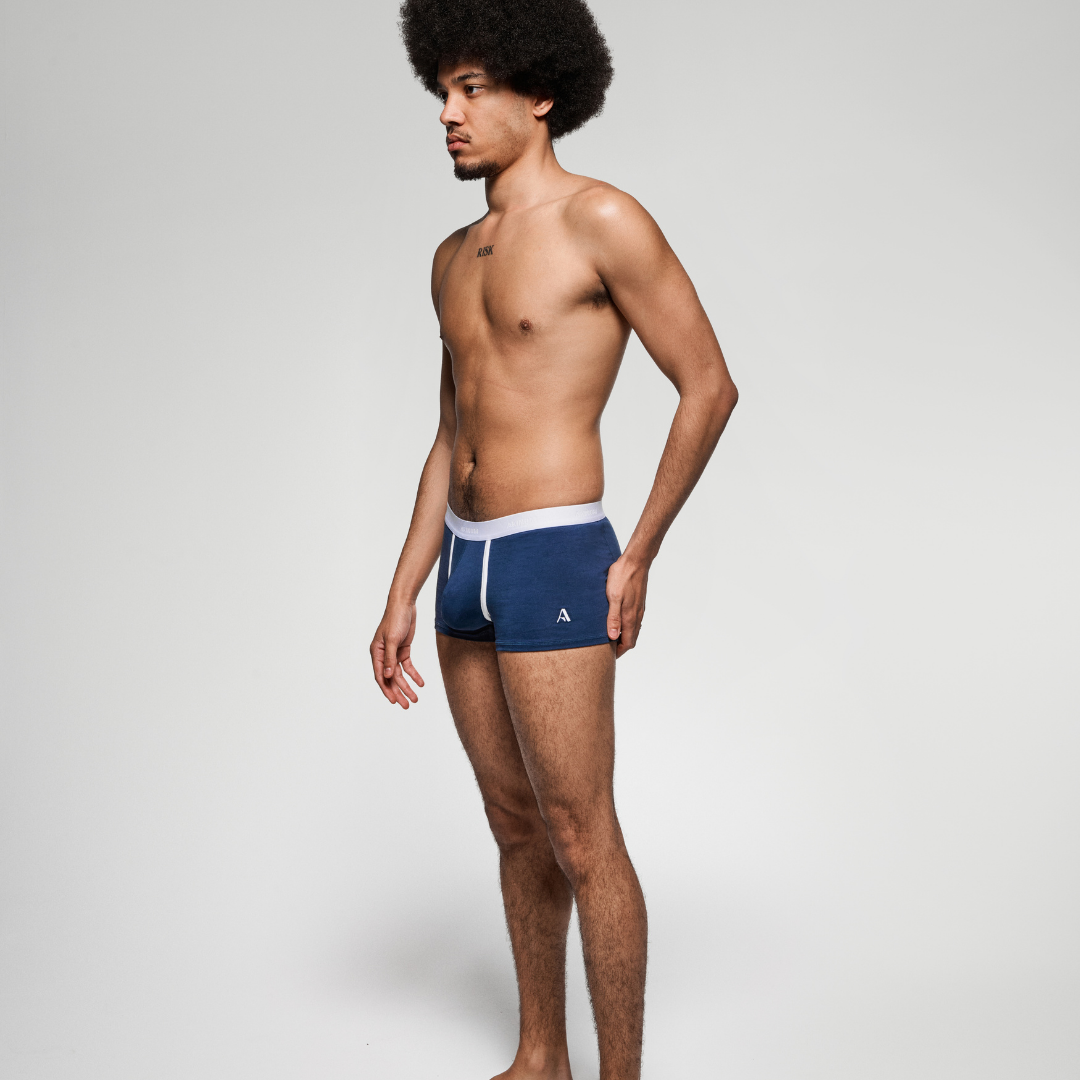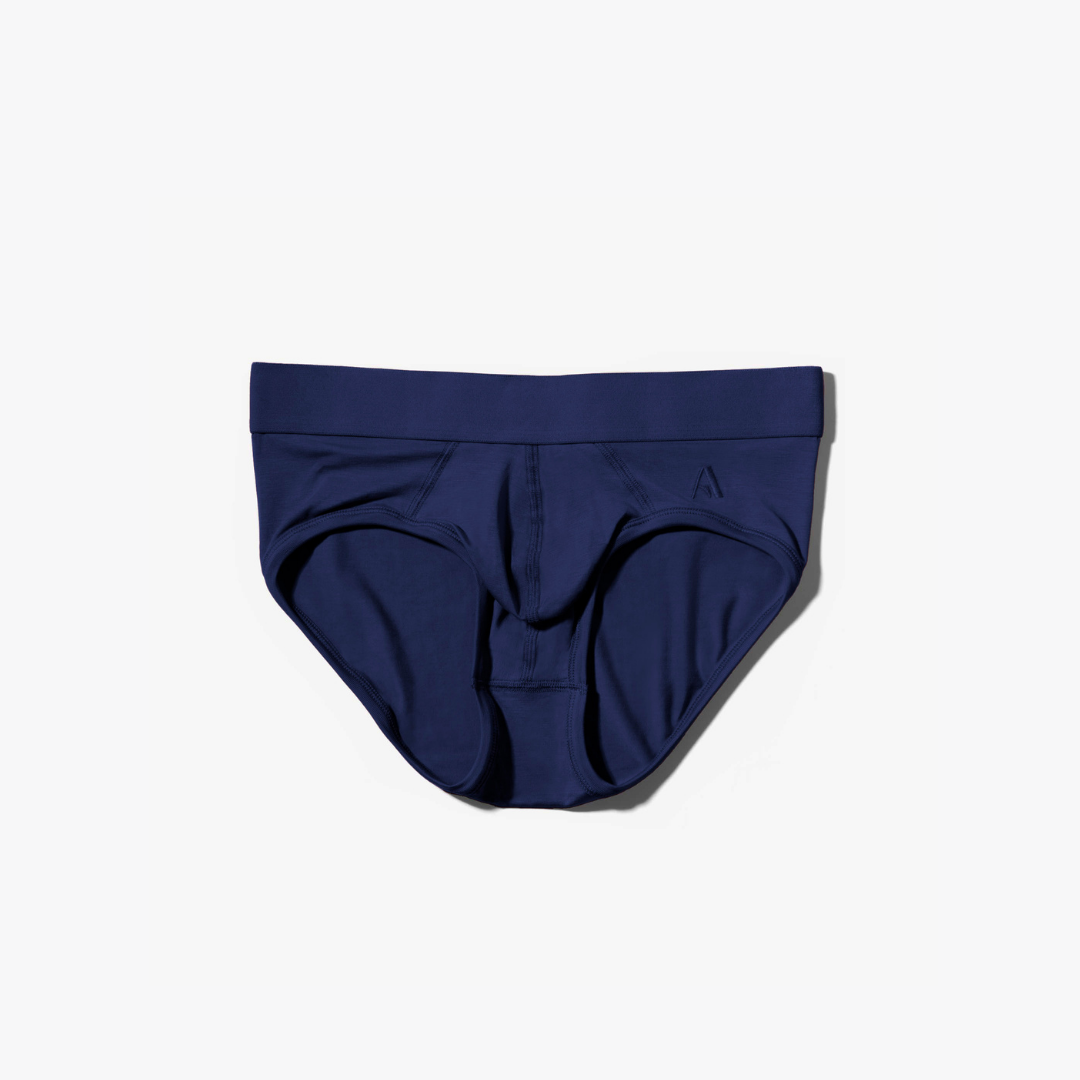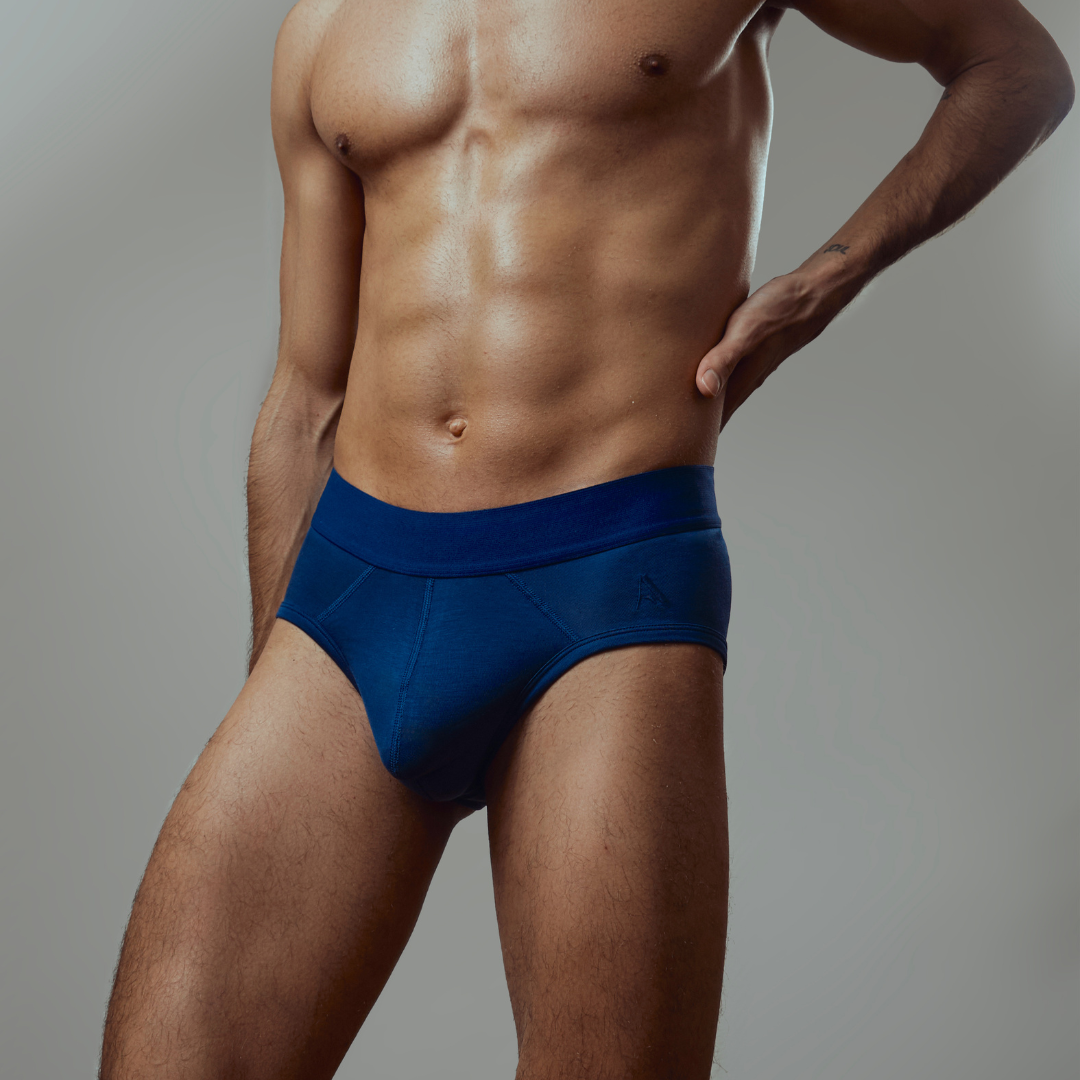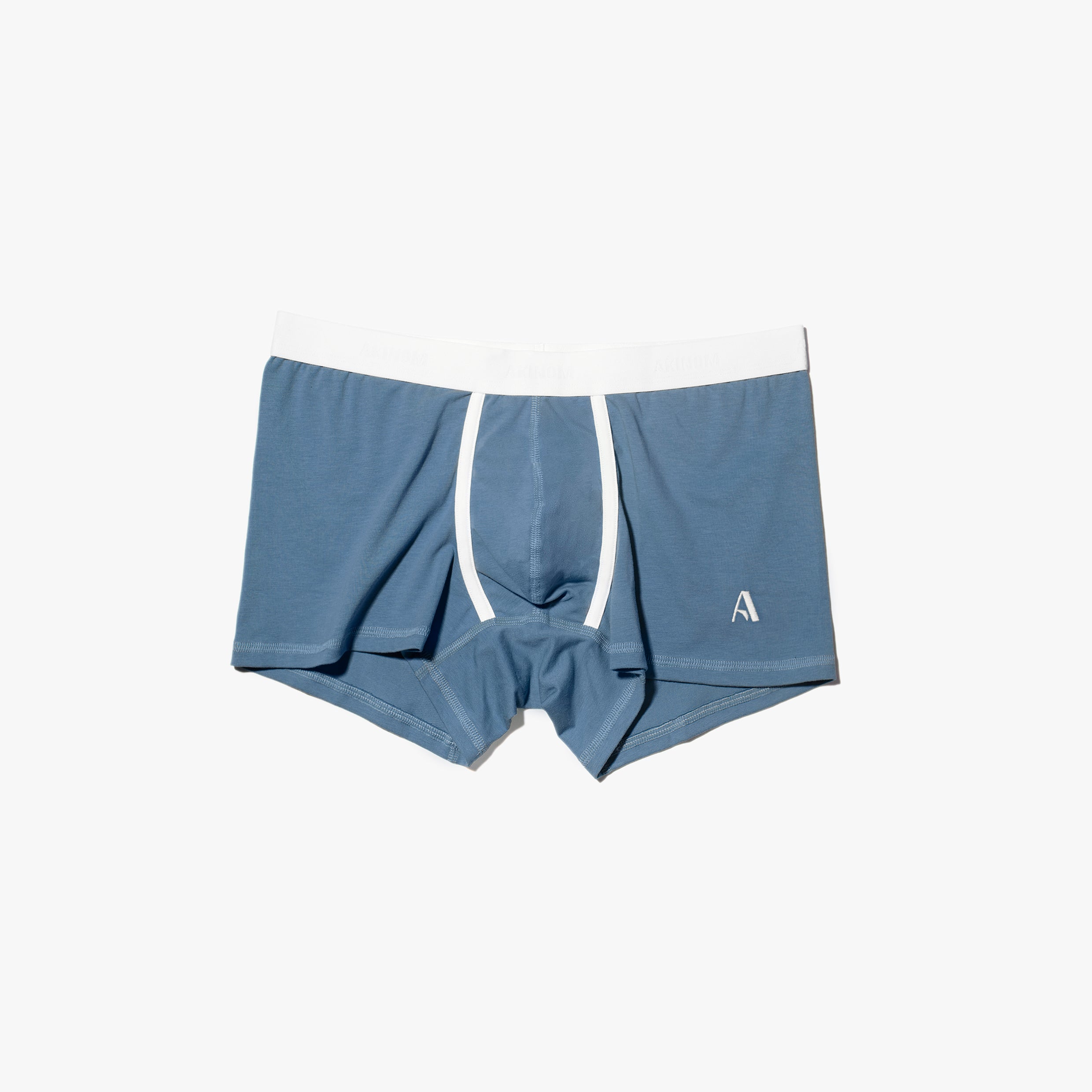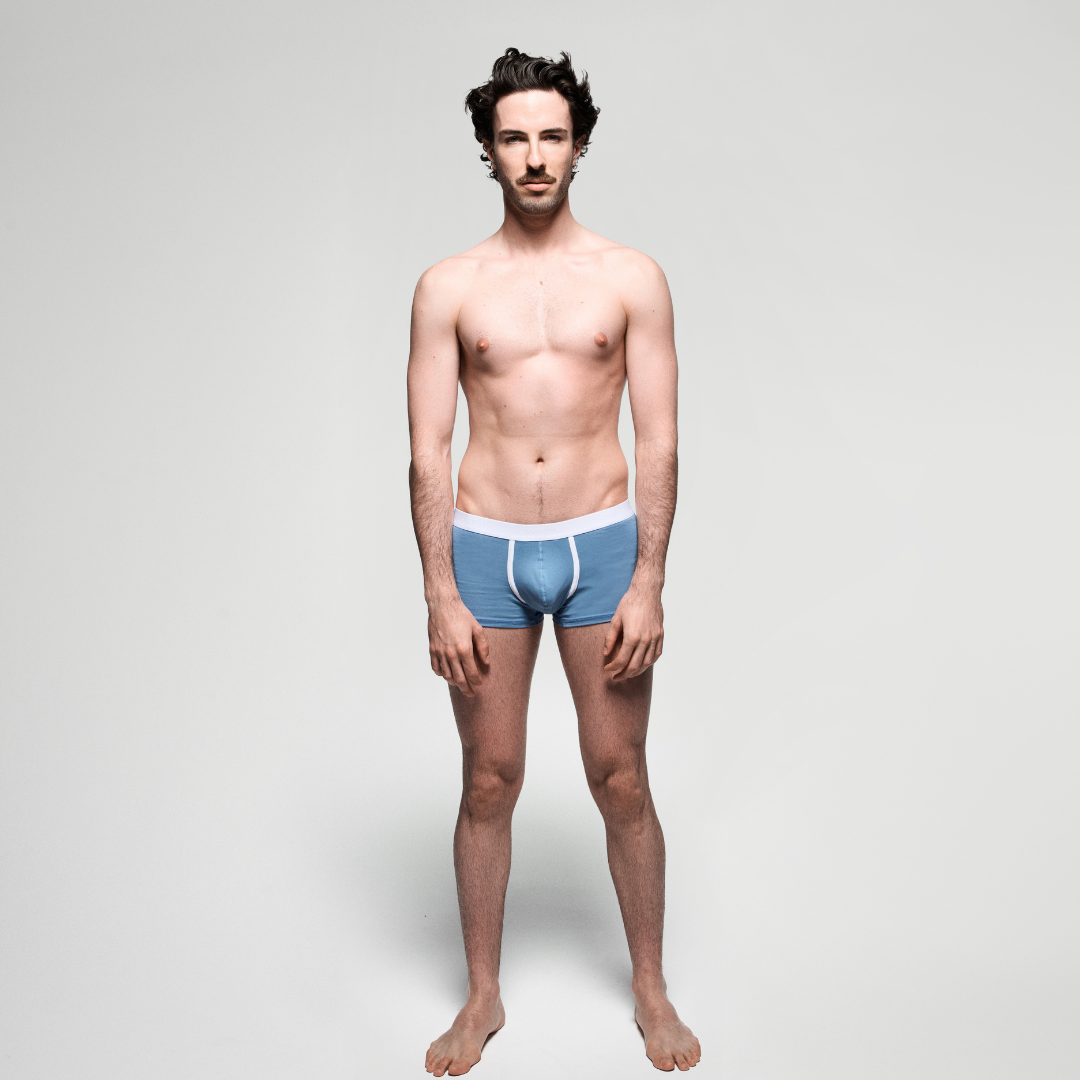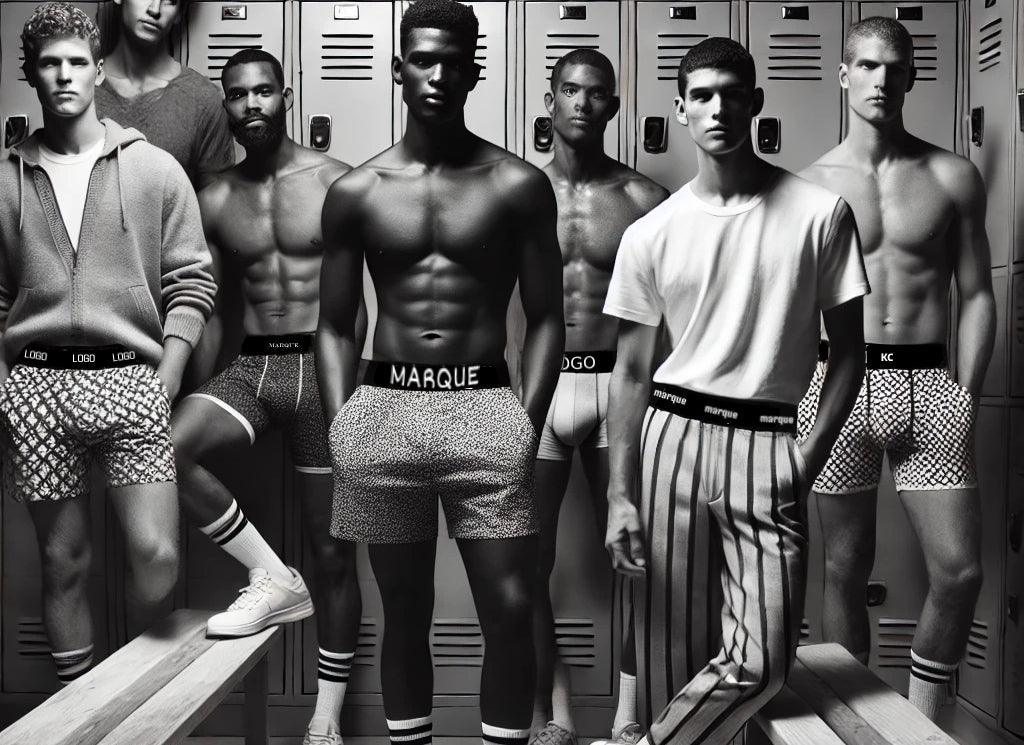
Logo Underwear: How They Turned Intimates into a Fashion Statement
From simple functional garment to style icon, a look back at a clothing revolution
A bold transformation by Calvin Klein
In 1982, Calvin Klein shook up the fashion world with an idea as simple as it was revolutionary: putting his brand's logo on the waistband of his underwear. Until then, these were purely utilitarian, confined to intimate areas. But with a stroke of marketing genius, Klein transformed underwear into a vector of style.
Its iconic black-and-white campaign, featuring a young Mark Wahlberg—bulging muscles, a confident gaze, and a prominent elastic waistband—marked a cultural turning point. It was no longer just a pair of briefs or boxers: it was a statement, a provocation, a signal of modernity.
An act of fashion but also of rebellion
In the 1980s, showing off logo underwear was a way of defying convention. It was a rejection of bourgeois norms, a way of saying “I am different.” Critics abounded, accusing these pieces of vulgarizing intimacy. Yet, it was precisely these transgressive codes that appealed to younger generations.
By displaying a visible brand, everyone affirms their belonging to a cultural group, sometimes even a socioeconomic one. Wearing Calvin Klein or Tommy Hilfiger becomes an identity marker, a textile equivalent of a tattoo.
Visible logo: unexpected psychological comfort
Beyond style, these logo underwear offer psychological comfort. Well-designed and comfortable to wear, they also boost self-confidence. The logo here acts as a symbolic shield: it protects against anonymity and subtly asserts a sense of belonging.
Designer boxers give the impression of being "ready," even under clothing. They're a modern armor, a discreet way to show that you know, that you choose, that you control your appearance down to the most intimate detail.
Why this trend is not running out of steam
If these undergarments continue to seduce, it's because they're not just a fashion phenomenon: they've become a sartorial ritual, an almost obligatory passage in everyone's stylistic journey. Brands sell more than a product—they offer a dream of recognition, freedom, and individuality.
This success is based on powerful advertising campaigns, a mastered image strategy, but also on a societal evolution: in an era where appearance is as important as speech, the choice of underwear becomes an act of communication.
A deep-rooted cultural phenomenon
Today, displaying a logo on your underwear is no longer shocking. On the contrary, it has become commonplace, even expected. Many luxury and streetwear brands have adopted this code. Proof that this trend, born in the 80s, has transformed into a lasting cultural phenomenon .
Logo underwear embodies a need for self-affirmation, a quest for style, and a desire to control one's image from A to Z. It has become a visual language, a way of saying "this is who I am" – even without undressing.
And at AKINOM?
At AKINOM, we have chosen to design our models with a sober and assertive aesthetic . No garish logo, but a tone-on-tone woven waistband, a discreet detail that respects this history while reinterpreting it. Our boxers and briefs – particularly the INITIALE line – combine neat cut, noble materials (lyocell, organic cotton) and demanding style.
We believe in fashion that doesn't shout, but says a lot.
Conclusion: more than a garment, a statement
Logo underwear isn't just an aesthetic choice. It speaks to a relationship with the body, society, and oneself. Born from a bold move by Calvin Klein, it has become a staple of the contemporary wardrobe.
Whether we adopt them for comfort, style or the message they send, they all reflect the same thing: what we wear under our clothes has meaning – intimate, cultural and resolutely modern.
Want to go further?
- Discover our elegant and comfortable briefs , designed to last.
- Also read our article on the history of the jockstrap , another piece of intimate clothing that has become an icon.





